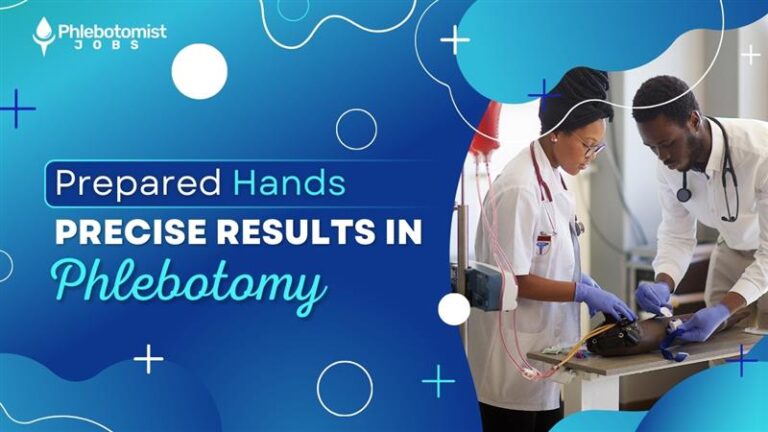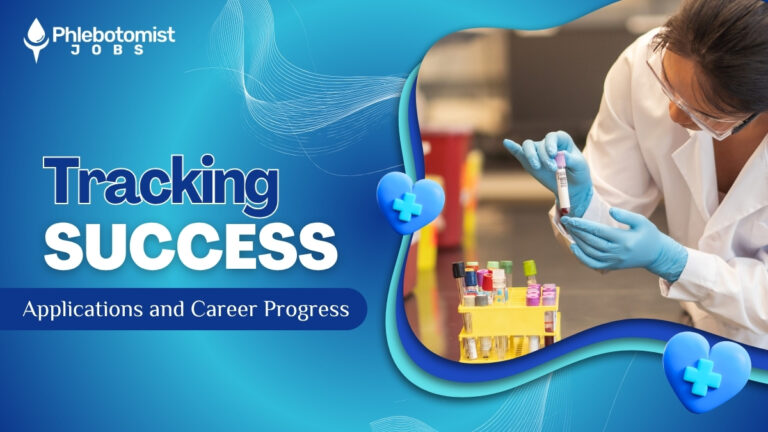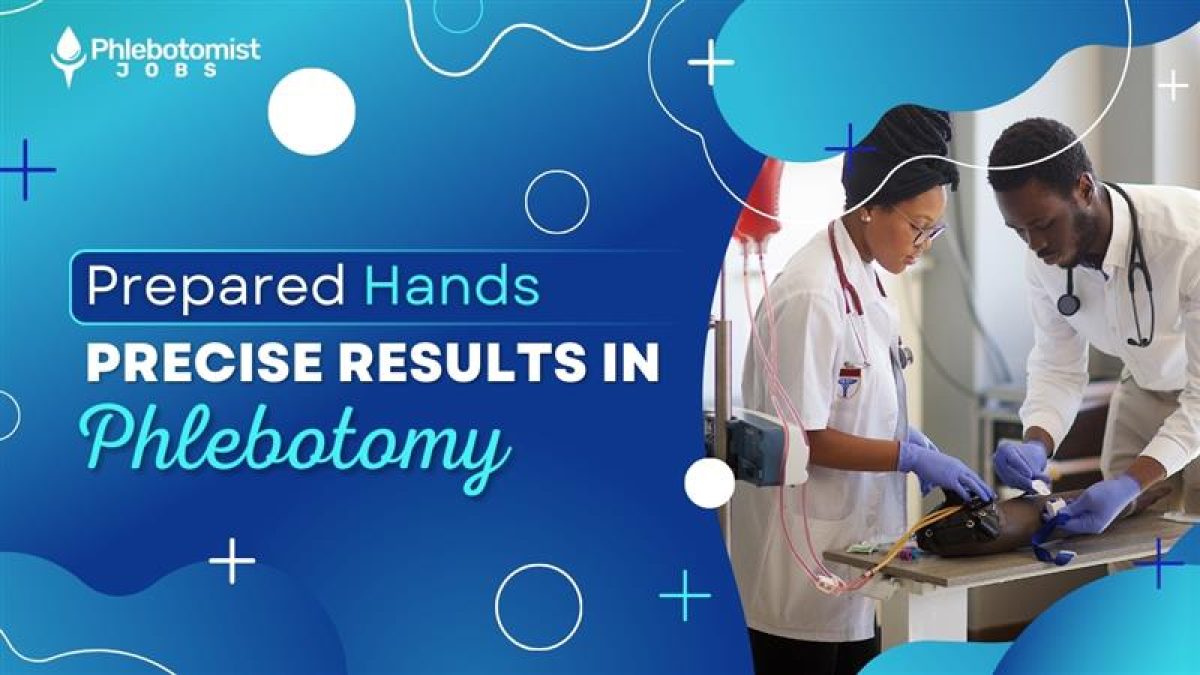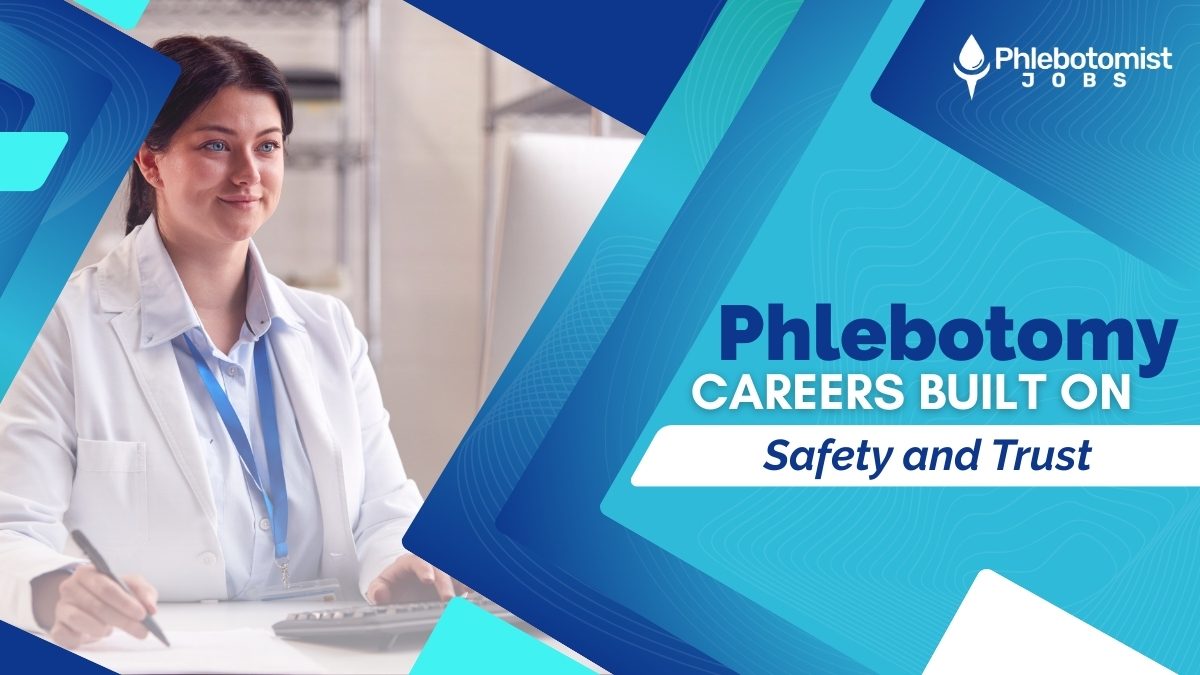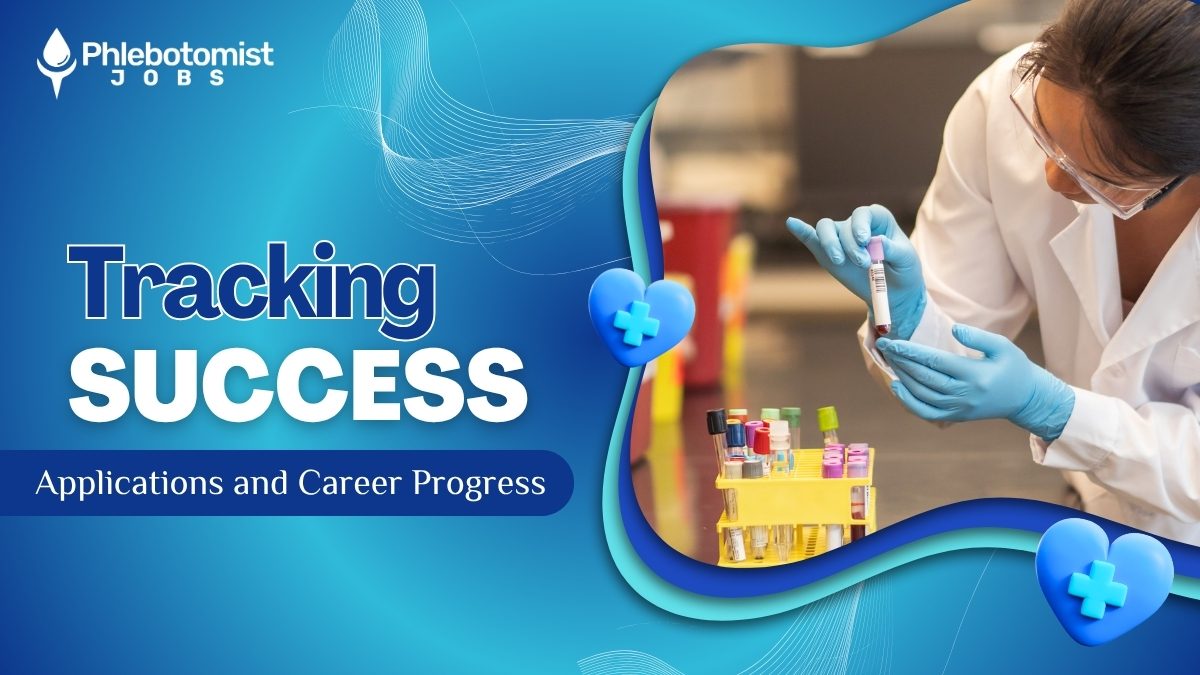Table of contents ▸
Drawing blood for testing or for treatment purposes, a procedure as crucial in health care and largely not seen, forms part of this practice; it centralizes venipuncture, an extremely technical process in accessing a vein to obtain samples. On the other hand, it is probably considered ordinary work, yet phlebotomy has a certain impact on the medical profession of today that cannot be normal.
People often think phlebotomists are merely technicians, but they are so much more. They are patient caregivers and a vital part of the healthcare team. Their work forms a vital corner of analytic medicine, where mysterious health and illness are unraveled by doctors. This article focuses on the world of phlebotomy and venipuncture: their importance in modern times, evolution, and what it takes to confront these challenges.
The Lifeblood of Modern Medicine: Why Phlebotomy Matters
Phlebotomy is often called the “lifeblood” of medicine, and it’s for a good reason: blood samples are the bedrock of diagnosis, treatment monitoring, and overall health status.
Blood Testing: The Backbone of Diagnosis
If the doctor orders a blood test, he is searching for a story that blood can tell. Whether one checks blood sugar levels when he or she has diabetes, identifies an infection, or looks for cholesterol, work through blood gives the information needed to make informed decisions about care.
It is the job of the phlebotomist to ensure that this first step in the whole process of collection of a blood sample is done with care and precision. Precise test results are thereby secured, which are crucial for proper medical treatment.
The Art and Science of Venipuncture
A procedure or skill that involves puncturing a vein by using a sterile needle is venipuncture. Both technical prowess and a light touch are deemed necessary to perform venipuncture.
A Balance of Skill and Compassion
Performing venipuncture isn’t as easy as it appears. Phlebotomists have to find the most suitable vein, prepare the area not to get infected, and obtain blood in the right vials for required tests, all while ensuring the patient is relaxed. In many cases, having a blood draw creates anxiety. An efficient and professional phlebotomist can even make the potentially upsetting experience of having a blood test comfortable, through effective communication and appropriate empathy.
Venipuncture Beyond Routine Blood Draws
While venipuncture is most commonly associated with routine blood work, its applications go far beyond that. It’s used in:
- Blood transfusions are lifesaving for patients with severe blood loss or conditions like anemia.
- Medical research, where blood samples are essential for understanding diseases and developing treatments.
- Therapeutic procedures, such as platelet-rich plasma (PRP) therapy for healing and rejuvenation.
- These diverse applications demonstrate how phlebotomists support progress in healthcare outside the clinic.
Trends in Modernizing Phlebotomy
As healthcare is becoming more and more patient-centered and technologically driven, phlebotomy too is changing pace.
Growing Trend of Mobile Phlebotomy
This makes blood collection convenient and even takes the service to the patient’s home or workplace through mobile phlebotomy services.
Such a development is particularly helpful in the following cases:
- Those elderly or disabled patients who have severe difficulties in traveling to clinics.
- A rural area where healthcare facilities are far from the patients’ residences.
- Busy professionals who appreciate the time-saving benefits of at-home care.
- Through mobile phlebotomy, by reaching people in need who otherwise may have barriers to care, many more can get access to testing.
Technology Shaping the Future of Phlebotomy
In addition, it is making venipuncture safer and more efficient. There are some of the available tools:
- Devices that emit infrared technology to help better locate veins via vein visualization.
- Automated sample processing systems that ease laboratory workflow and reduce error.
- Digital health records that encourage the integration of test results with patient data.
- These innovations benefit patients, but they also make the job easier for phlebotomists.
The Obstacles and Benefits of Phlebotomy
Just like all other health professionals, phlebotomy does have its set of problems; but there are also greatly rewarding benefits.
Dealing with Patient Fears
Getting blood drawn is scary for many patients. They fear the needles or the soreness. A phlebotomist needs to perform technically proficient venipuncture, but he should, as well, calm the fears of such patients. His ability to gain the trust of a patient can change that experience for them.
Working Under Pressure
Phlebotomy technicians work in busy environments, such as a hospital or a lab where they collect dozens of samples within the span of one shift. Under such pressure, they have to be vigilant and accurate since a mislabeled or incorrectly processed sample would result in an erroneous test.
Making a Difference
Still, most phlebotomists enjoy their job despite these difficulties. Each blood sample they collect is for a greater purpose: saving doctors’ lives, disease detection, and better care for the patients.
The Future of Phlebotomy
Future demand for the services of phlebotomy will remain on the increase as the healthcare system is keen on diagnostics and preventive care.
Widening Roles
In the future, phlebotomists may also be expected to participate in tasks outside their scope, such as administering vaccines and conducting testing at the patient-side level. Such roles would increase the significance of their job in the care of patients.
Adaptation and Growth
From its start as a mobile service, through continuous advancement in technology, phlebotomy has evolved to serve the present healthcare needs. This adaptation will continue to make it an essential part of medicine.
Conclusion
Phlebotomy and venipuncture are more than routine exercises: they are the backbone for the functioning of modern health services. It is through skill, compassion, and dedication that phlebotomists provide patients.
The healthcare landscape is continuously changing, but with this progress, the role of phlebotomy will only expand more and more. Whether it is mobile services, advanced technology or increased responsibilities, at the center of it all remains phlebotomists. For more job opportunities in phlebotomy and healthcare, follow our website Phlebotomist Jobs and stay updated!
Follow us on Social Media: LinkedIn | Facebook | Twitter | Instagram



